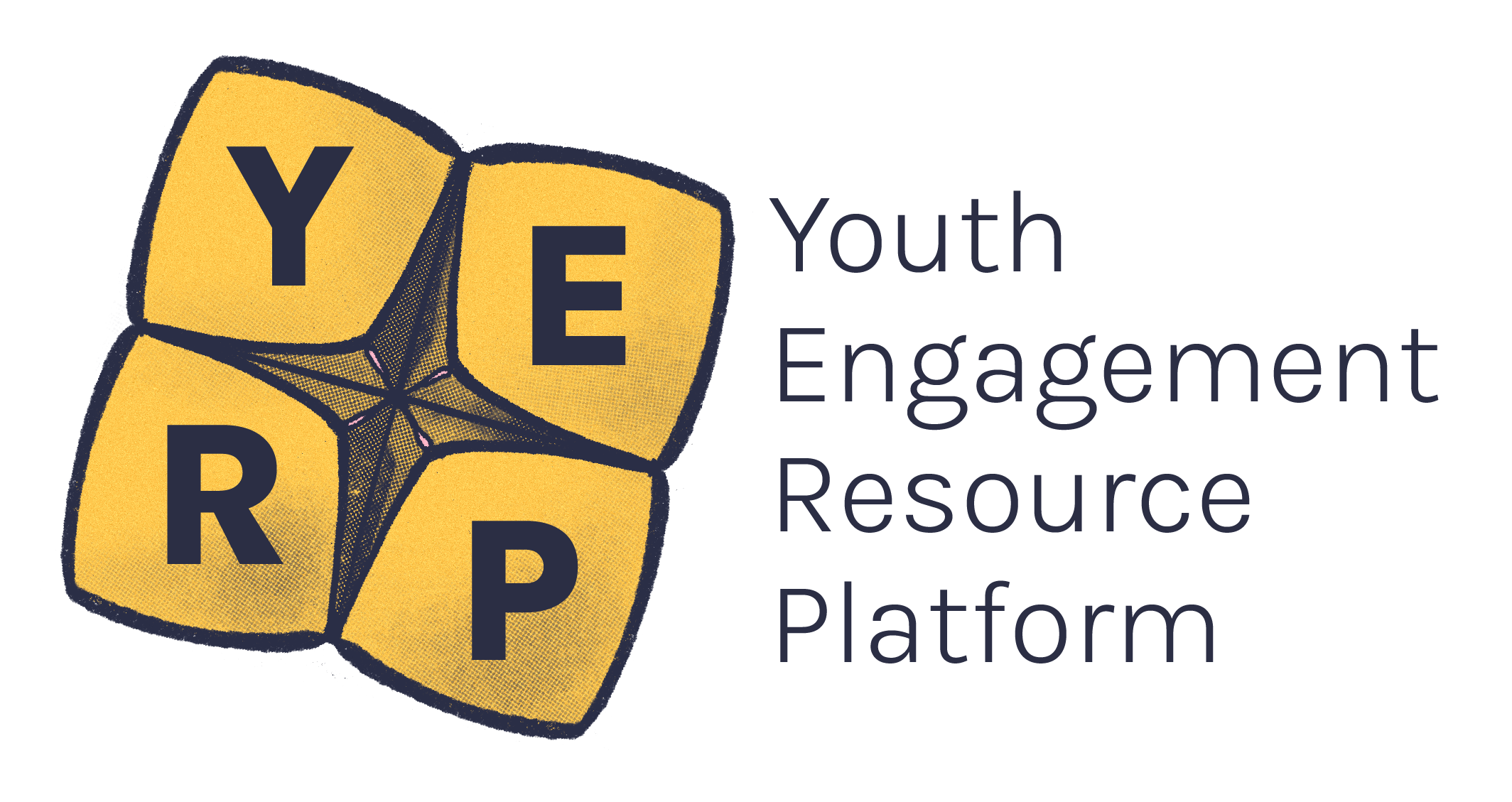The Youth Disability Advocacy Service (YDAS) has put together an A3 poster showing how to make spaces accessible and inclusive.
You can print out the poster and put it up in rooms where workshops, events, or group gatherings may happen. Click the image below to see the larger, printable version (or download it here).
We have also created a detailed list of ways to ensure your spaces are accessible and inclusive. We hope you find these useful!
Interacting with young people with disability
-
When relevant, ask what access needs people may have. Never assume!
-
Be patient with how people work and use the space.
-
Be willing to listen to others and encourage open communication.
-
Be open to learning more about accessibility.
-
Be flexible, willing, and proactive in removing barriers.
-
If you want to learn more about how to be inclusive, do some research!
-
In most cases, it is preferred to use the term ‘accessible’ rather than ‘disabled’.
-
Remember to talk directly to the person with a disability rather than their support worker or interpreter.
-
Be willing to adapt.
-
Be patient in your communication with people and understand that individuals may communicate differently.
-
If you’re chatting with a person with disability communicate as you would normally. You’re allowed to ask someone to repeat themselves.
-
Focus on the person, not the disability. In many cases, this may mean using person-first language if that is preferred.
-
Ensure you’ve created a safe space where individuals feel comfortable expressing themselves and their own needs.
-
Be aware of euphemisms or pitying language to avoid.
-
Be aware of the different types of disabilities.
-
Symbols are powerful: demonstrate access and inclusion even if it’s not used.
-
If you’re not sure of what kind of language to use, you can ask the person you’re talking to and also refer to PWD’s online guides.
-
Remember that everyone shares the same basic interests: friendship, work, school, family, and home. Start with that!
Physical Aspects To Be Aware Of To Ensure Your Workshop Space Is Accessible:
-
Ensure spaces can accommodate wheelchairs and other mobility devices. Think of the widths of hallways, doors, and spaces between chairs and tables.
-
Ensure there is adequate and varied seating available.
-
When choosing a space, imagine different access needs moving while you move through. You could isolate each of your senses: smell, sight, taste, sound, touch to do this.
-
Consider food and airborne allergies that might impact individuals.
-
Consider what accessibility features you may need to have in place for individuals who are Deaf or hard of hearing.
-
Consider what accessibility features you may need to have in place for people who are blind or who have vision impairment.
-
Limit fragrance (e.g. perfume, cleaning chemicals, markers or textas, and freshly painted rooms).
-
Look for spaces with controllable lighting and sound-reduced doors and windows.
-
Provide information in multiple ways (e.g. Braille, large print, audio, and electronic versions).
-
Send information in advance so people can feel comfortable or prepare.
-
Make sure your space is clear of obstacles, especially tripping hazards.
-
Presentations and videos should be captioned, regardless of who’s in the room.
-
Consider access needs that may not be obvious. This may include creating accessibility for those who are neurodiverse, have lived experiences with mental illness, or those who are chronically ill and may experience flare ups or chronic pain.
-
Ensure locations will be suitable for those with service animals.
-
Use plain English in your verbal and written communication. It’s easier for everyone!
Accessibility Tips For Future Workshops And Events:
-
Create a safe space for participants by having a dedicated quiet room.
-
Make sure you have powerpoints available for individuals who have brought their own devices to use.
-
Make sure it’s easy for everyone to move around the space, sit if needed, eat snacks if needed, and take breaks if needed.
-
Are you going to need an Auslan interpreter? Make sure to book one in advance.
-
Make sure people coming into the room have a clear purpose for being there. Communicate that purpose to the whole group.
-
Ask individuals to register their access needs, but also follow up with conversations that offer a chance for more depth and clarity.
-
Ensure participants can get in touch in a variety of ways, and use a variety of those methods yourself (e.g. phone call, audio recording, video call, text message, and email).
-
Make sure workshop materials (e.g. surveys and workbooks) are accessible.
-
Map out different ways people can travel to a space, and provide information on those options in advance.
Want to find out more?
Accessible Events Checklist: https://www.and.org.au/pages/event-checklist.html
Disability and Accessibility Language Guide:https://pwd.org.au/resources




